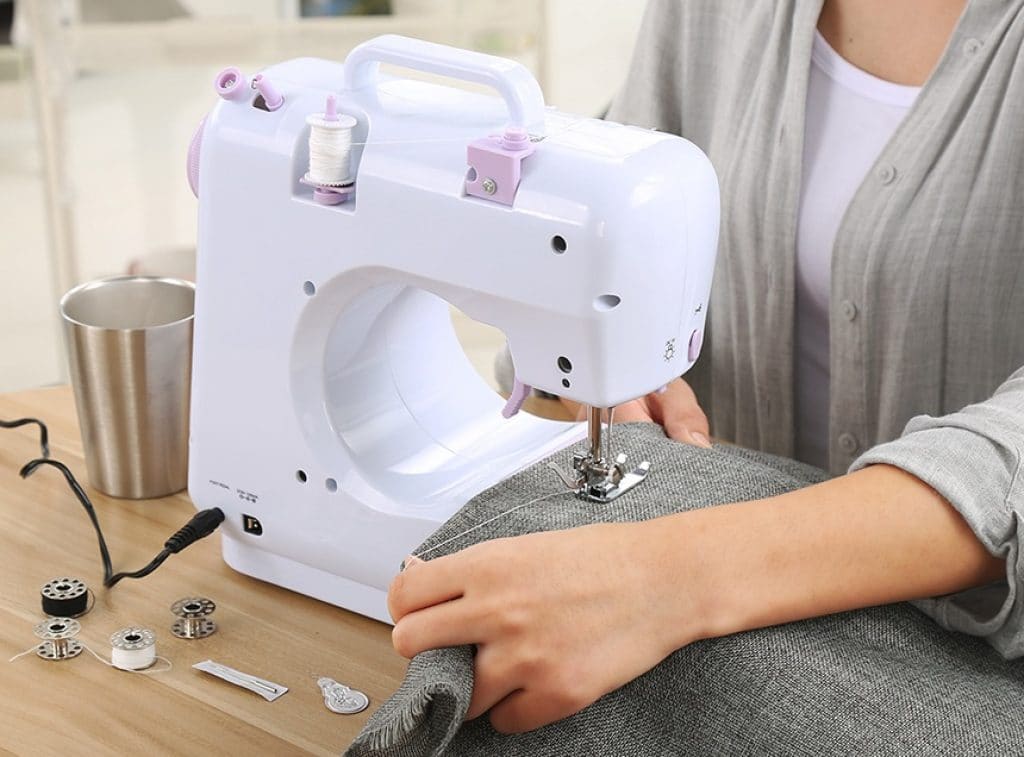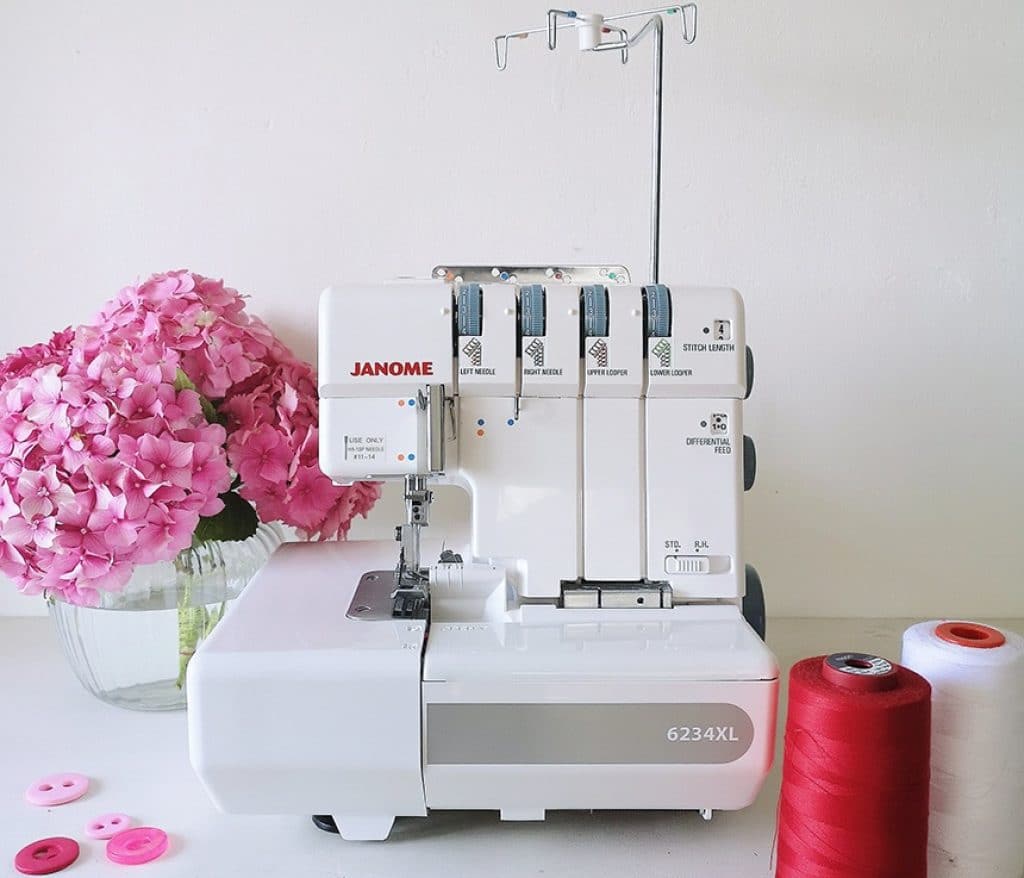

Many people new to sewing or those that want to expand their horizons a little are probably already familiar with one or more sewing machines. But, how many of those same sewers know what a serger is and if they need one for their projects? A sewing machine and a serger are very different, even though they may appear to be similar at a casual glance. If you’re planning to buy a serger, it makes sense to learn how it works and the types of sewing tasks it’s best suited for before committing to buy. In this article, we will look at the difference between a sewing machine and a serger so that you can make an informed purchasing decision.
For the absolute beginners, it may be useful to explain what a sewing machine is and how it works. A sewing machine is a device that’s designed to stitch together various fabrics. This is faster and more accurate than sewing by hand, and the stitches are stronger. The sewing machine has been around since 1790, but earlier machines were worked manually, usually with a foot pedal, and only basic stitching was possible. Modern sewing machines are powered with electricity, and they have a host of available features to select. Many sewing machines have a vast library of useful stitches, patterns to follow, and even connections to add other patterns later.
A serger is also known as an overlocker. The terms are interchangeable, but here in the US, serger is the preferred name. This type of machine performs a useful overlocking stitch that’s more similar to the knitting process rather than a more familiar sewing stitch. The serger trims the fabric and binds the seams, and this prevents unraveling. This machine is ideal for finishing the inside of a garment to a professional grade. On rare occasions, you may want to use a serger to finish a hem or embellish a seam, but a serger is best suited to construction tasks, and finishing should be carried out on a sewing machine. Threading a serger is more complex, three or four paths, and a pair of loopers require thread. The loopers perform the actual overlock stitching, and there are a pair of knives to cut the seam allowances during the serging process. A serger cannot replace a sewing machine, but it can complement one, and it’s capable of carrying out tasks that a sewing machine cannot.
There are four main tasks that a serger can perform equally as well as a sewing machine; they are:
So, if you’re considering a rolled hem serger vs. sewing machine choice, you can see that both types of machines can perform this task well.
As you’ve probably guessed by now, there are more differences between a serger and a sewing machine than there are similarities. In fact, there are six main differences that you need to understand before making a commitment to buy a new serger, they are:

There are four main benefits of choosing a sewing machine over a serger; they are:
Looking at a serger vs. sewing machine comparison to make slipcovers and garments highlight some of the best features of a serger. There are six main benefits of choosing a serger; they are:
We’ve taken a look at the serger and sewing machines available on the market today. Each machine delivers a different sewing experience; it’s important to evaluate your needs, carry out some research, and choose the best machine to match your needs. These machines are not listed in any particular order, and they are all excellent examples of serger and sewing machines.

Getting used to the terminology involved in sewing may be tricky for newcomers. It’s easy to look at the merits of a serger vs. overlock sewing machine and get lost in the details. An entry level sewing machine represents a moderate investment that will certainly help to spark the imaginations of many users.
However, the best sewing machines on the market today can be expensive, and it’s important to evaluate your needs carefully before making a purchase. It is true that sergers are more expensive, but this is understandable, they are more complex machines, and that is reflected in the asking price. But, a proficient serger user can work quickly and efficiently. This saves time and money, which is essential if you want to make the move to professional level work.
A serious sewer is likely to have multiple machines set up to complete different tasks. This renders the coverstich sewing machine vs. serger arguments obsolete. As the user grows in experience and has more money to spend, it’s likely that they will want to invest in machines that can perform other tasks to a very high standard. Moving up to a serger will open up a whole new world of possibilities for creativity in your sewing.